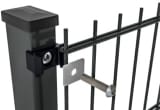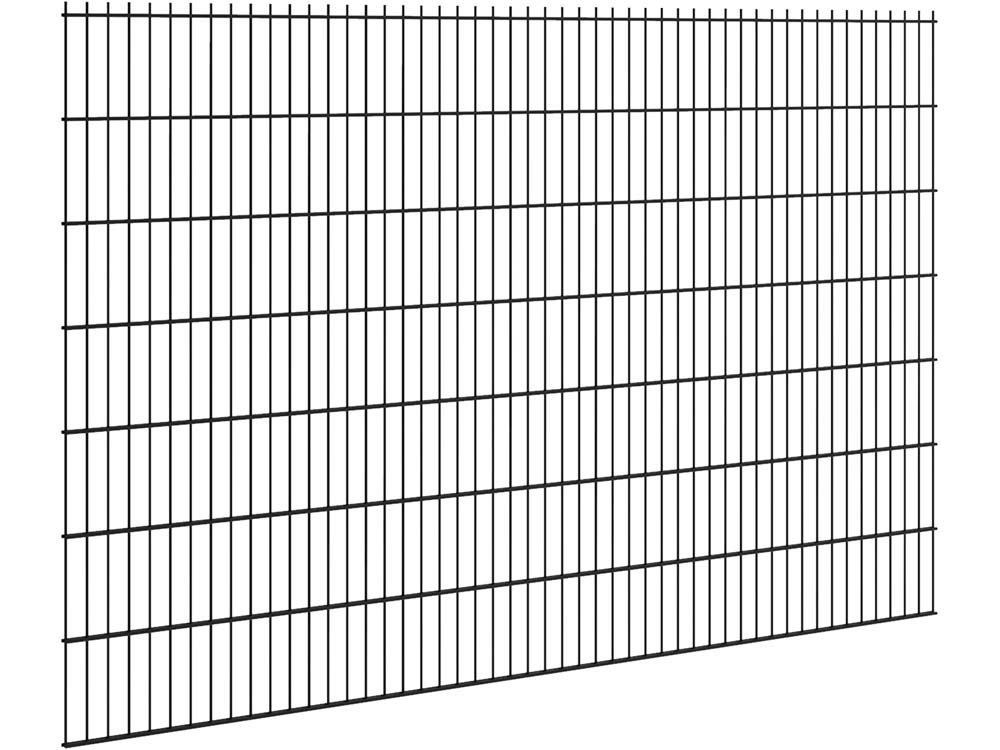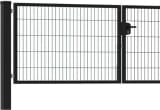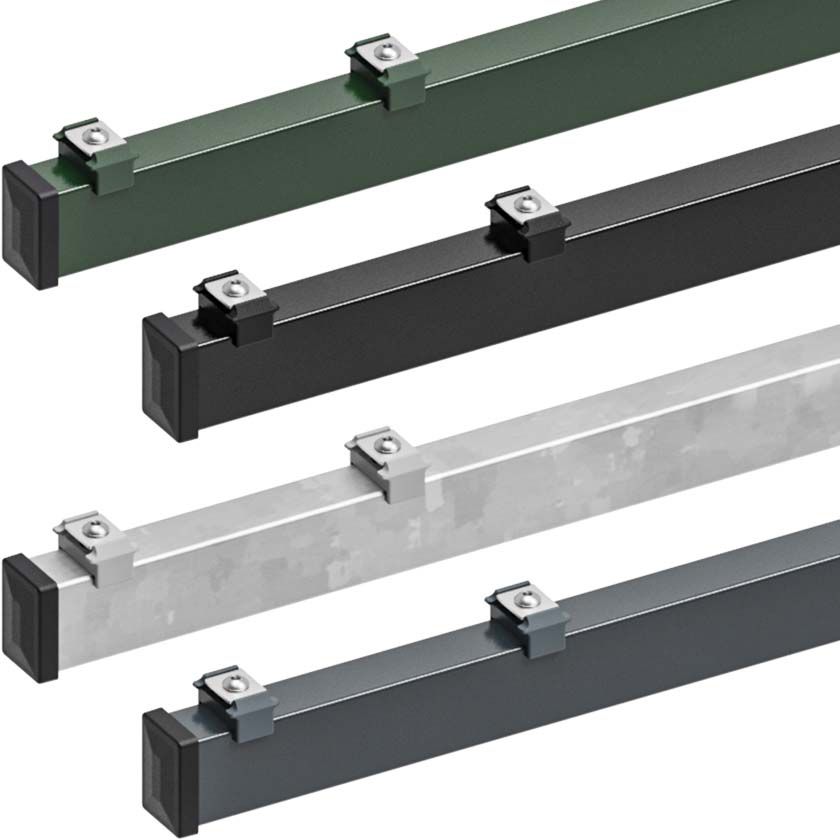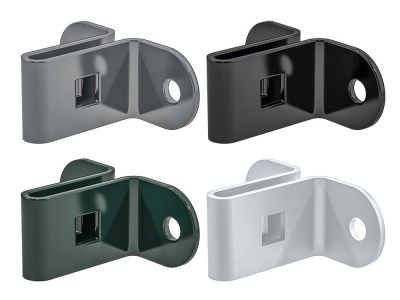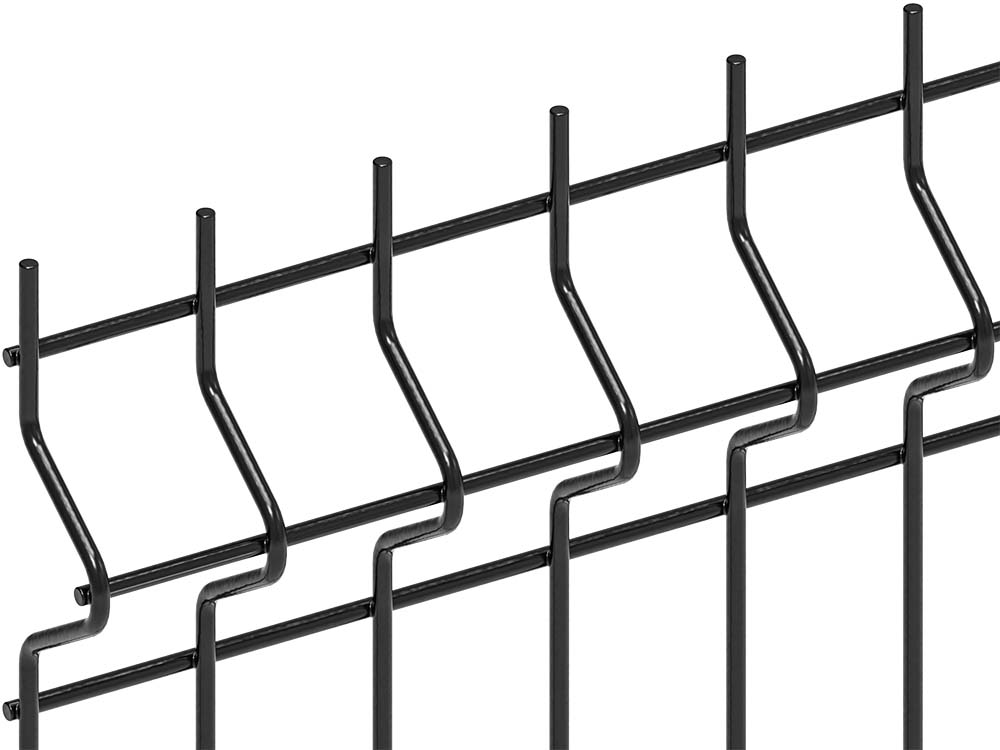Product Information
Here you will find the information on our products.
Drought cracks and splinters
Without maintenance, weather influences cause dry cracks and splinters. These can easily be eliminated by cutting off the splinters and sanding them lightly. Treating the material with oil greatly reduces cracks and splinters!
Green stains
Impregnated garden wood may show green stains upon delivery. These are traces of the impregnating agent. These will quickly disappear after installation due to weathering.
Resin bleeding
A number of wood species are resinous. This means that there may be resin lines and pockets in the wood. When it warms up, these resin pockets will start to flow out, which may result in green or (later) white streaks or dots on the wood. Resin will harden and go away by itself due to weathering, but you can also remove it with white spirit.
Colour differences
With impregnated garden wood, colour differences may occur because one piece of wood is wetter than the other. Dry wood absorbs more impregnating agent, causing it to discolour darker. The colour difference will disappear after installation due to weathering.
Coloured garden wood can vary in colour from batch to batch. The additional paint can also be a shade darker or lighter than that of the supplied wood. Unfortunately, this cannot be avoided. Our advice is always to order wood at once, so that it is delivered from one batch.
Despite the fact that composite has a special UV filter, slight colour differences may occur in the first months after installation. This is due to the presence of lignin in wood fibres.
Tassels
Different types of wood naturally contain knots. These are places where a branch has been attached to the tree. Brushes are often rough brown spots and can have all kinds of shapes. Knots cannot be prevented and do not affect the quality of the wood.
Batten streaks
Impregnated garden wood is stacked with laths between them to allow the impregnating agent to reach all parts of the wood. These laths are often visible on the wood after impregnation, but will disappear after installation due to weathering.
Mini drill holes
These holes occur occasionally and are caused by insects during the growth of the tree. Cutting and processing the wood removes these bugs, but the small holes remain in the wood. This does not affect the quality.
Not squared off
Wood species are not always cut at exactly right angles. This is because not all sawmills we buy from have this option. This means that the timber is delivered with a few centimetres overlength. When processed, you can cut the wood squarely yourself.
Knots
Different types of wood naturally contain knots. These are places where a branch has been attached to the tree. Knots are often rough brown spots and can have all kinds of shapes. Knots cannot be prevented and do not affect the quality of the wood.
Incomplete corners
Concrete consists, among other things, of sand and gravel that is poured into a mould. Sometimes, a small stone from the concrete can fall into a corner of the mould during pouring. The final product may then have a dot or corner missing.
Rust spots
Concrete consists of sand and gravel, among other materials. It may happen that there is 'primal' between these materials. Over time, 'primal' may rust, causing rust spots on the concrete products. You can counteract this by treating concrete with concrete coating.
Rough spots and edges
The planed wood in our range is smoothed. However, the wood may have small rough spots and edges. This is because the structure of the wood is irregular and the machine planer does not touch all the spots. These spots can possibly be smoothed by sanding them down yourself. Raw wood always has a rough surface and can contain saw frays
Cracks
Wood 'works' due to weather conditions: in summer it shrinks due to heat and in autumn it expands due to moisture. This can cause head and shrinkage cracks. The cracks do not affect the quality and structural properties of the wood. Tip: for hardwood, use end-edge sealer. Despite the concrete being durable and strong, small cracks may occur. This does not affect the quality at all, as the concrete has reinforcement steel. You can make the cracks less visible with concrete coating.
Oak and raw Douglas fir
These two species are known for their cracks, as it creates a characteristic look that goes with the wood species.
Bleeding out of tannins
Hardwood naturally contains tannic acids that 'bleed out' under the influence of water. If the wood is used outdoors, this can leave brown stains on underlying paving or walls in addition to water stains. As far as we know, there is no adequate remedy against this.
Expansion and shrinkage
Most types of wood are fresh products that may be impregnated with liquids. This means that the wood is full of moisture when it is delivered or installed. One piece of wood may be drier than another, which may cause dimensional differences. In addition, wood 'works' due to weather conditions. It is important to make sure when installing that the wood has room to expand and contract. Our planed wood is dried to a moisture content of 20-25%. Even so, one piece may be drier than another, so there may be size differences.
Ageing
Outdoor wood and bamboo will age under the influence of weather conditions. When used in the garden, the colour of the wood may vary. This may be because one spot receives more sunlight than another. The wood can be treated with stain or oil to prevent greying.
Ageing
Anthracite concrete contains carbon that gives it its dark colour. If placed outdoors, the dye will bleed out and the colour will become lighter and lighter. After about two years, the concrete will be light grey. To counter this process, the concrete can be treated with concrete coating.
Difference in colour and structure
Since wood comes from trees, no two boards or beams are exactly the same. The colour and structure of the material can therefore differ. But there may also be colour differences on a piece of wood itself. Under the influence of weather conditions or treatment with oil, the different shades will pull towards each other. An important thing to take into account with coloured wood is that the same colour can vary due to the substrate. The colour of a rough Douglas fir plank is slightly different from the colour of a planed, smooth plank.
Water stains
Many hardwoods naturally contain tannic acids that bleed under the influence of water as soon as the wood comes into contact with (rain) water. These will disappear over time.
White stains
Concrete contains lime that can 'bleed out' when placed outdoors. This causes white spots and streaks. These will diminish over time, as the lime will have completely drained out of the concrete. You can counteract this by treating concrete with concrete coating.
Black or white mould stains
Wood is often fresh and delivered in full packages. In these packages, it is damp, which can cause mould to develop on the wood, especially in warm weather. These spots do not affect the quality of the wood and disappear naturally after installation due to weathering. If necessary, they can also be removed with design water.
Black mould spots can occur on bamboo. This mainly happens if too little oil has been used. This is because the oil has a fungicidal effect. The spots can easily be removed by cleaning the boards with bamboo cleaner and re-oiling the decking.
Black smudges and stains
Wood species that naturally contain tannic acids react to contact with steel. For example, contact with forklift spoons a rack or saw line in the production process creates black marks and streaks. These disappear naturally after installation due to weathering, but can also be removed with design water. Tip: with these types of materials, use stainless steel fasteners to prevent tannic acid from causing stains.
cratches on steel and aluminium
Scratches may occur on your steel and/or aluminium materials as a result of transport or assembly, for example. These can be touched up with a corresponding spray can, which is available on request.
